Before beloved Sam the Minuteman became the University of Massachusetts’s mascot, students voted to be the Redmen.
The decision to change the mascot to the racist term in 1948 did not invoke much controversy on campus. However, the switch to the Minutemen 24 years later sparked backlash from students on both sides of the conflict, including Native American students from the five college area.
UMass started out as the Massachusetts Agricultural College in 1863. According to the Special Collections and University Archives, the football team was referred to as the Statesmen as far back as 1886, predating the college’s switch to Massachusetts State College in 1931.
The Statesmen, also called the “Aggies,” did not instill school spirit the way students wanted. Contempt with the name grew when the college became the University of Massachusetts in 1947, prompting the search for a new mascot.
The student newspaper, known then as The Massachusetts Collegian, encouraged students to vote in a staff-run contest for a new mascot. Published in September of 1947, the options listed on the blank slip included Minute Men, Mohawks, Indians and Tomahawks, among others. Students also had the option to write-in their own suggestion. In October, the Collegian announced that the frontrunners of the contest were the Minutemen, Statesmen, Indians and Mohawks.
During class elections in January of 1948, the name Redmen was officially chosen in a vote of 620 to 459, according to the University Archives. With the name came a new mascot: the image of a Native American man with feathers in his hair.
George Burgess of the class of 1949 published a column in the Collegian defending the choice of “Redmen” for the University.
“The very name of our state is Indian, as compared with the English name of New Hampshire,” he wrote. “And as we are a state institution, as was pointedly brought out, we are entirely in place to name our teams with a name which is at once historically significant as well as intrinsically suitable.”
According to University Archives, advocates of the switch to the “Redmen” citedthree reasons for their support of the new name. First, they said that the “courage, strength, resourcefulness and charity” of the state’s Indigenous population allowed for the foundation of Massachusetts. Second, the state holds a Native American name, and the seal – which bears striking resemblance to UMass’ – features a Native American man.
Lastly, proponents of the change argued that the strength shown by Native Americans in “defending” their land is a “strength and fierceness well suited to a football team defending its goal posts.”
UMass went on to bear the name the “Redmen” for 24 years. During that time, the mascot was depicted across campus in various ways. For example, the Daily Collegian sport section adopted an outline of the mascot, publishing it in most issues beginning in 1968.

Despite the change in mascot, students still felt a disconnect from school spirit in 1948, which seemed to lead to doubling down on the racist portrayals of Native Americans.
Pow-Wow, a student-run publication, published a two-part volume in 1948. As detailed in the editorial views of the first publication, “the purpose of the staff is to promote school spirit in a campus sadly lacking in the cooperation that typifies life in other colleges.”
The pages of the publication are lined with caricatures of Native Americans rooted in racist stereotypes. Pow-Wow was sectioned into short segments, including features, sports and letters.
Backlash against the mascot picked up in 1966, and six years later, the Student Senate received a resolution urging the University to drop the Redmen name based on “growing American consciousness deploring the perpetration of racist, sexist and ethnic discrimination,” according to the University Archives.
The UMass Trustees took matters into their own hands in 1972 before the Student Senate could come to a conclusion over a new mascot. According to reporting from the Daily Collegian, they voted to change the mascot to the Minutemen after a group of Native Americans from New York wrote a letter to University administration against the mascot name.
Following the decision to become the Minutemen, University administration asked personnel, athletic staff and media to abstain from using the term Redmen moving forward, the Collegian reported. This measure included the removal of the labels “Braves” and “Squaws” from UMass restrooms in the Student Union.
In this same article, the Collegian suggests that students consider saving UMass publicity items featuring the phrase and imagery of the Redmen, as “soon they will become antique items and could be valuable.”
In a letter to the editor featured in a September of 1972 issue of the Collegian, a student questioned the decision to change the mascot from the Redmen. “It is a real shame that a small minority of students could force such a big change within the University while the student body, the faculty and the Athletic Council has very little say,” Bob Estelle wrote.
“I just don’t understand why this trend is happening today,” he continued. “I wish that someone would explain this to me.”
A group of Native American students of the five college area wrote in response to Estelle in a letter to the editor. The three students – Earl Strickland, Lina Burr and Vivienne Jones – described the damage that comes with using a racist term such as Redmen.
“Despite our number, we feel assured that our protest is legitimate and worthy of discussion . . . unless we speak up, cheap stereotypes will continue to feed the fantasies of the insensitive for too many people still think of Indians as savages doing war dances and wearing feathered headdresses,” they wrote.
Collegian writer Bill Foster addressed a sarcastic response “to the poor befuddled fellow” who wrote the letter. “Do you ever remember asking for a nickname?” he wrote. “And even on the outside chance that you did, would you accept one from a community that can’t deal with your presence except on the basis of skin-color or out of race consciousness?
Foster concluded his editorial, asking Estelle to consider whether changing the mascot to “Whitemen” would instill racial pride in him the way he thought Redmen would for Native Americans.
Students continued to write to the Collegian, including Estelle, complaining about the decision-making process that allowed the University to change the mascot name without direct student involvement.
In the early 1990s, students again began to attack the new mascot name. This time, the Minuteman was under fire. Students cited the sexist connotations of featuring a male mascot and the violent rhetoric of a weapon-bearing mascot as reasons to rid of the mascot, but the matter was dropped in response to strong support of the Minuteman.
Despite the Minuteman mascot being adopted, the use of a Native American on the University seal remains today, a reminder of UMass’ racist mascot history that every graduate brings home with them on their diploma.
Sara Abdelouahed can be reached at [email protected]. Follow her on Twitter @AbdelouahedSara.

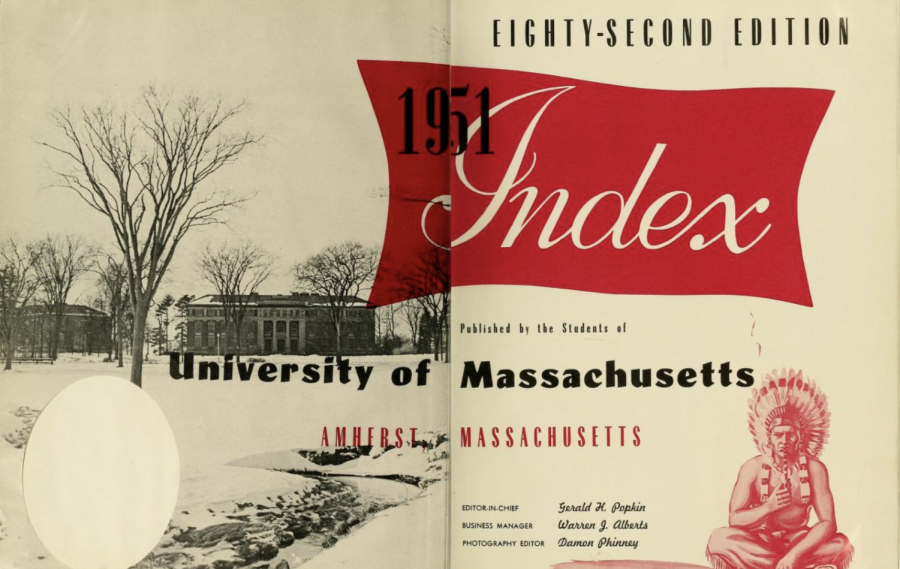










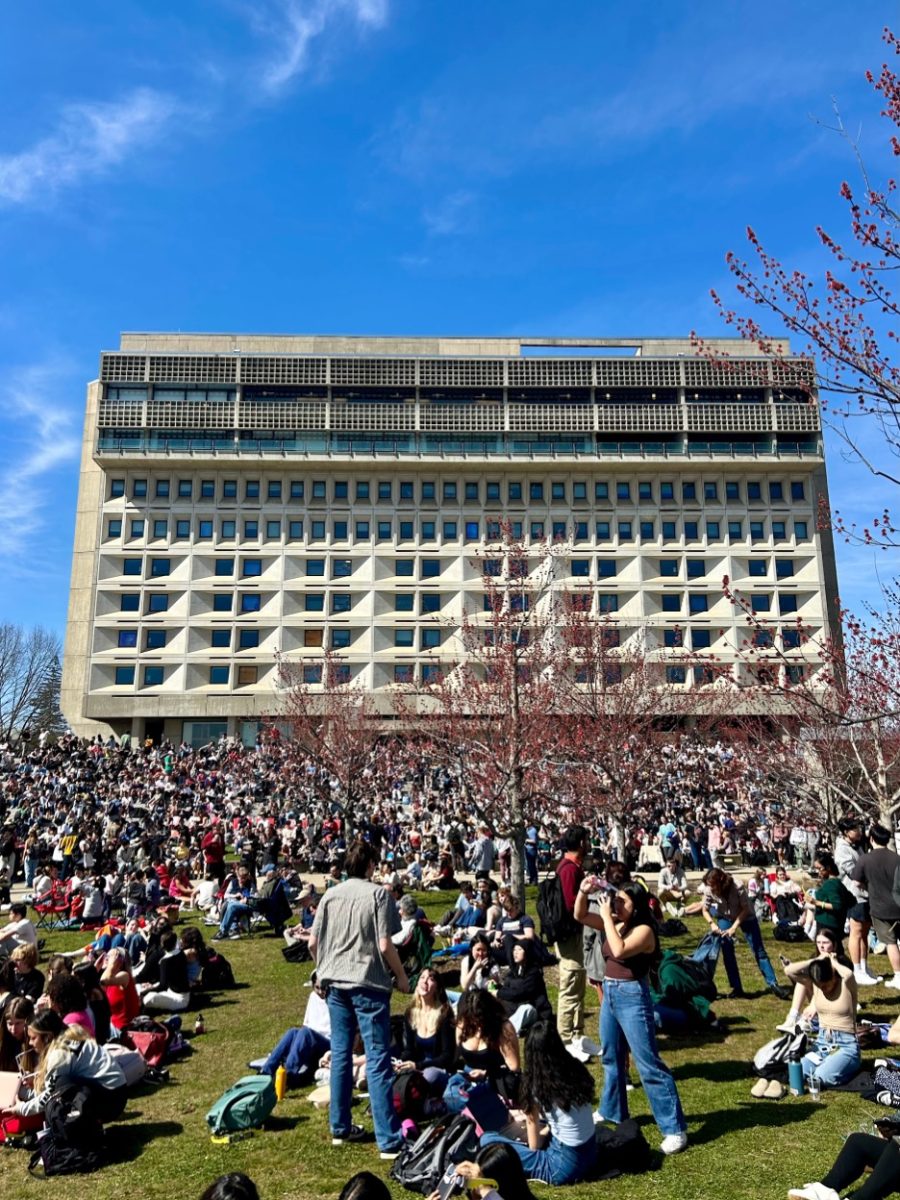
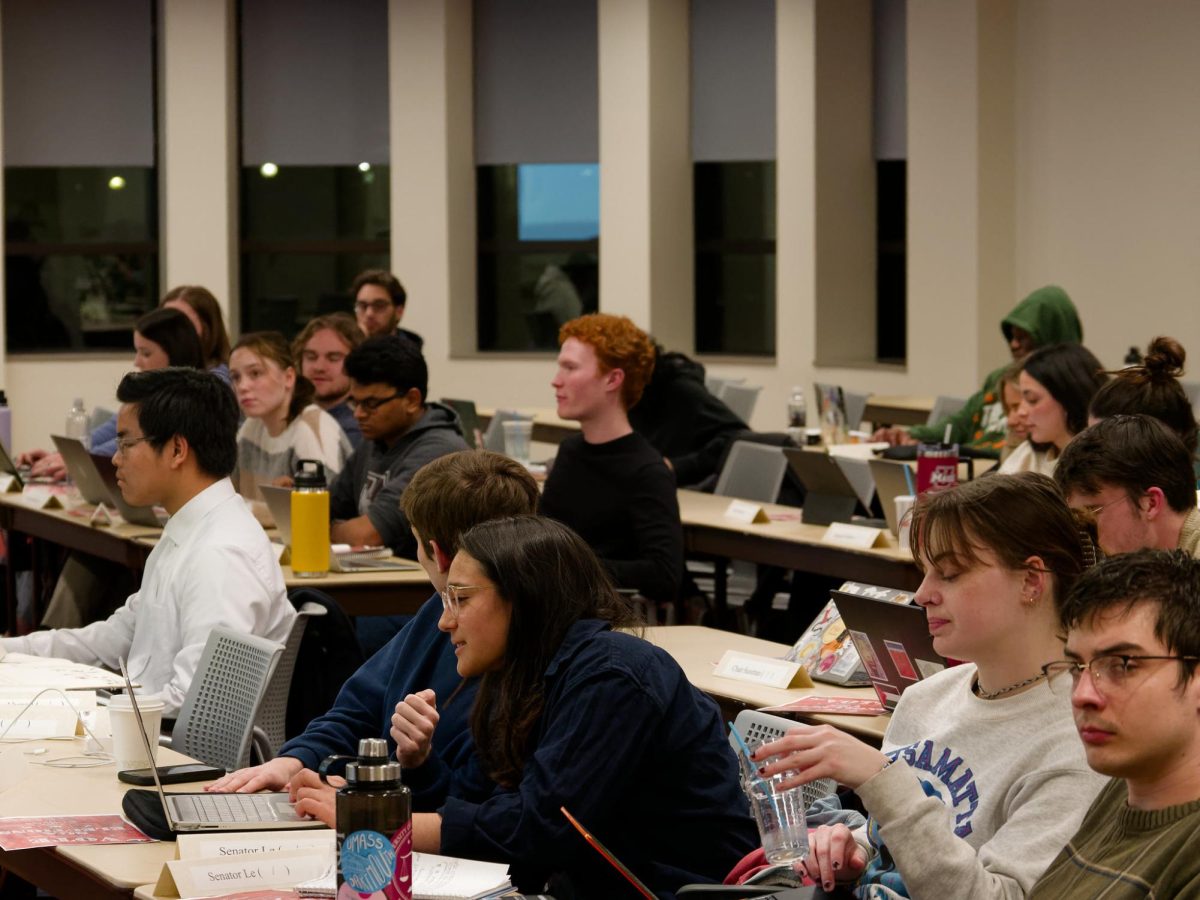

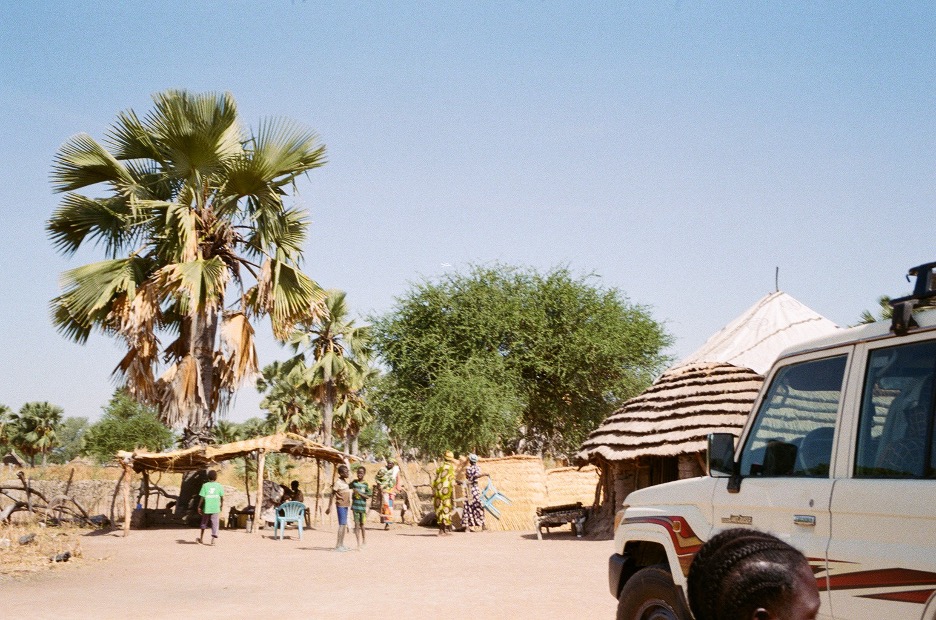



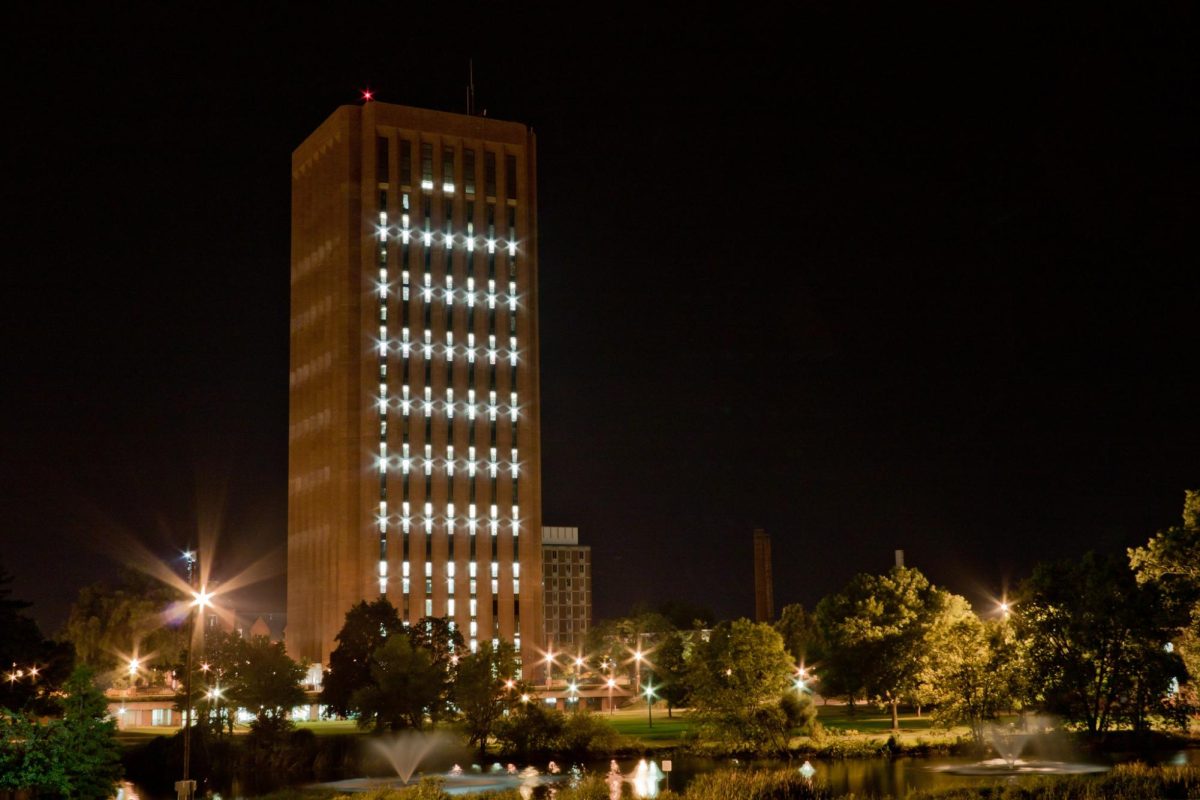
Martha Morris • Sep 23, 2022 at 1:14 pm
I don’t know why I was thinking about this today, perhaps because football season has just begun, but I was wondering whether the name of the Hatch in the Student Union had ever been changed. Today, I found that the Student Union, where I had spent many hours between 1968 and 1972, had been completely renovated, making the question moot. The reason that this question came to mind at all was because “Hatch” was short for “Hatchet and Pipe,” which was one of many references to native American stereotypes that went along with the name “Redmen” for the sports teams. This article reminded me that the restrooms outside the Hatch were labeled “Braves” and “Squaws.” I think that perhaps no one remembers that “Hatch” was a nickname and that the full name was yet another reflection of native American stereotypes. My belief was reinforced by this article m:mascots [YouMass ], which mentions that the restrooms with the offensive names was outside of the Hatch but never portrays as offensive the name of the canteen itself, and by this article Expanded Hatch Eatery Serving Diners While Blue Wall Undergoes Renovation | News & Media Relations (umass.edu) indicating that that the name “the Hatch” was still in used in 2014.